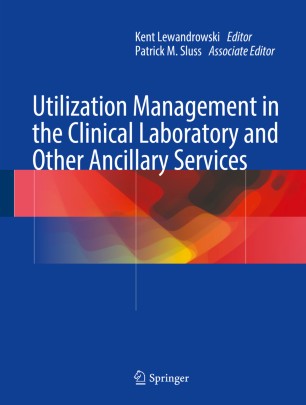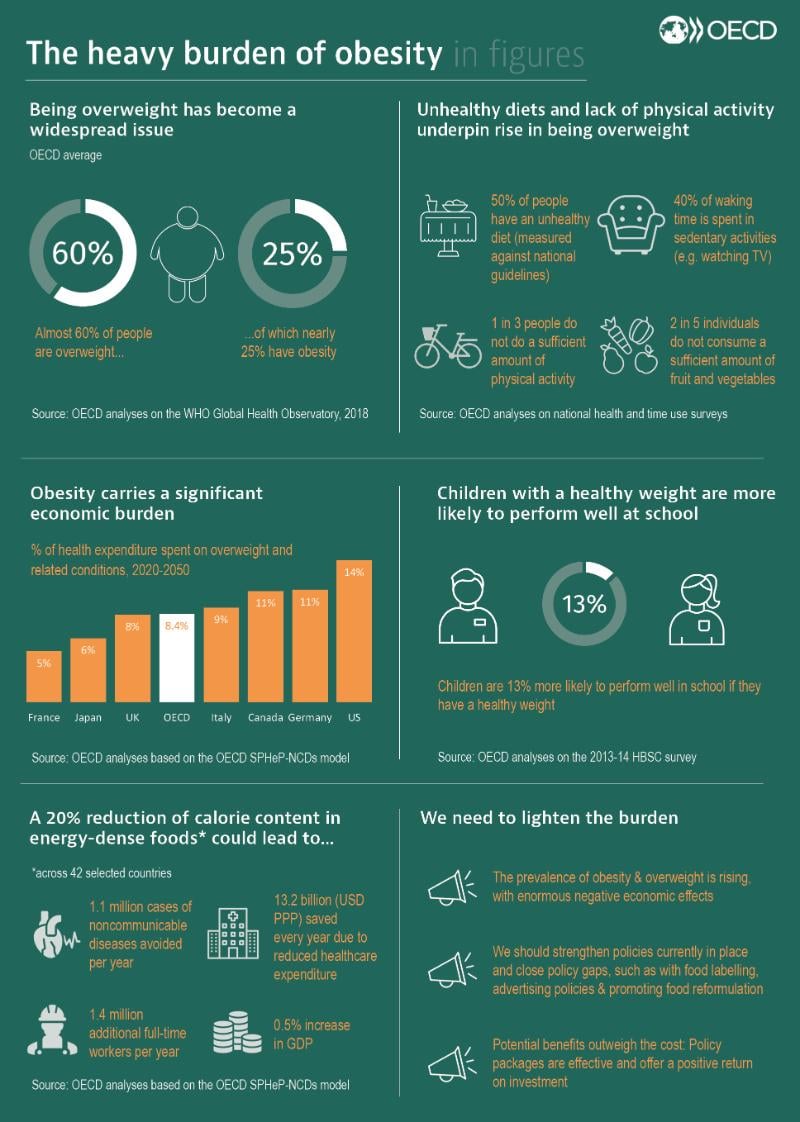What Broke American Health Care--and How to Fix It
Health care is perhaps today’s most divisive, territorial political issue. But many of the needed solutions are not partisan; they’re American. We are at a pivotal juncture. Spending on health care threatens every aspect of American society. The time for commonsense reform has arrived. All of us can play a part in driving badly needed reforms, both in the marketplace and in the policy world.
As a society, we should embrace a basic set of patient rights, including a right to obtain a timely quote for a shoppable medical service. Lawmakers should look at the price transparency trails blazed by Florida, New Hampshire, and Maine. The prerequisite of any free market is viewable pricing information—not just inflated charges, but the actual amounts of settled bills. New policies should ensure a level playing field to make the free market functional again, to cut the waste and restore competition to the marketplace.I disagree with the author. Competition it is not the tool for a fairer health care. Wishfull thinking will not drive us to an improvement.









